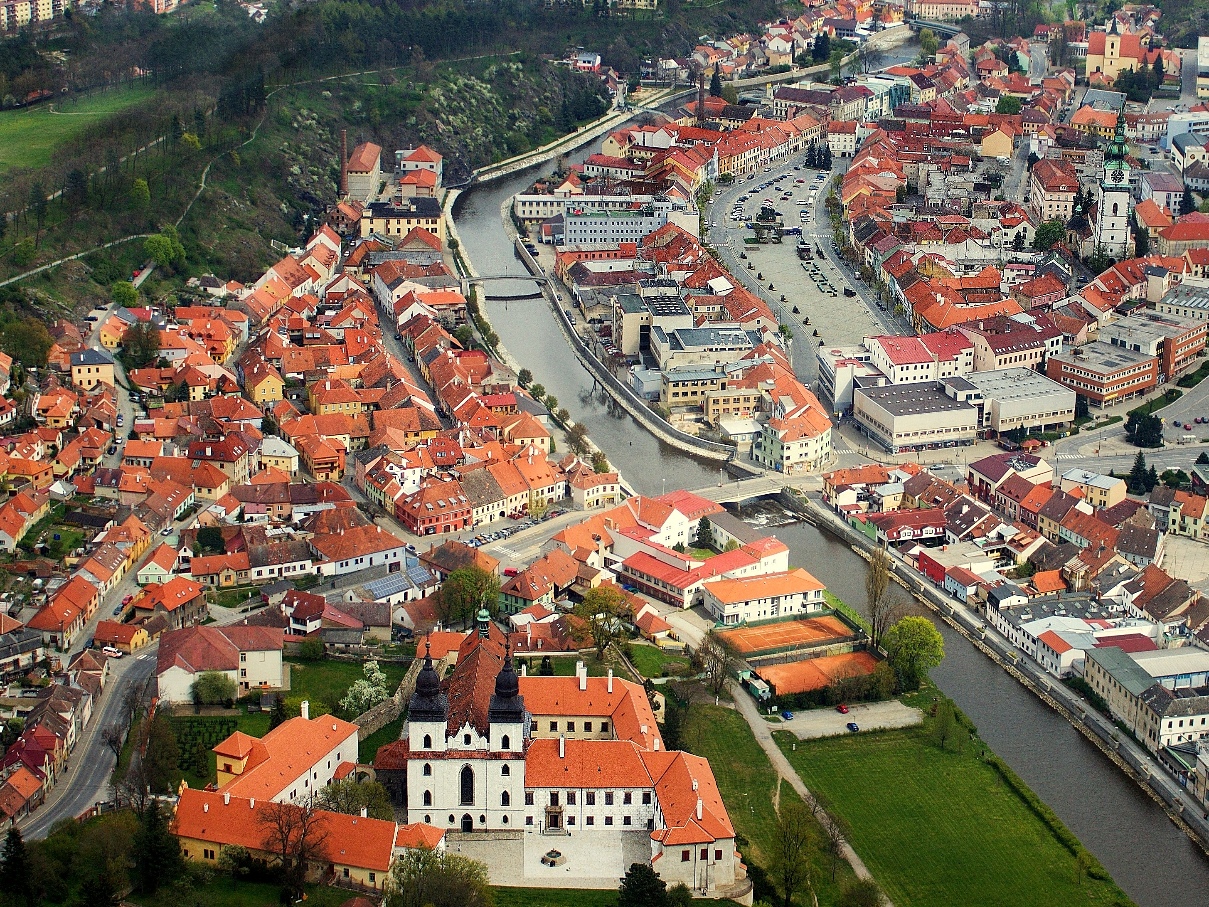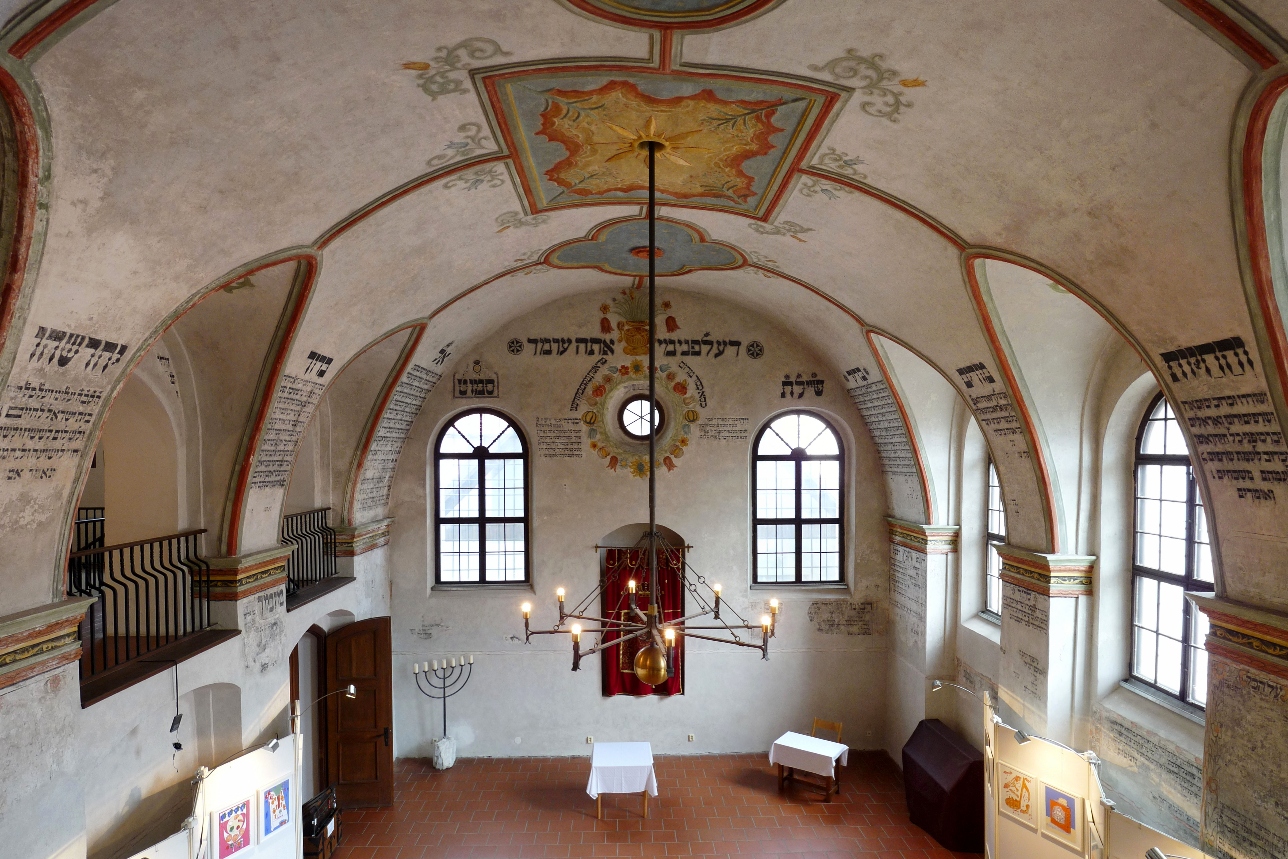The Emancipation of the Jewish Population – Třebíč – Jewish Quarter
Fact of the Czech figure „Steps towards religious tolerance”
Part of the „Religious tolerance and intolerance” topic
The Jewish population in the Czech lands was for a long time in an unequal position as a tolerated minority. Jewish emancipation was closely intertwined with assimilation into the non-Jewish population. The beginnings of Jewish emancipation in the Habsburg monarchy were tied to the reign of the Enlightened ruler Joseph II. Under his rule, several reforms concerning the Jewish population were introduced, aiming to eliminate social privileges and obstacles to economic growth.
A significant milestone in the history of emancipation was the revolution of 1848–49, during which a portion of the Jewish population actively participated in public life and achieved partial equality. Full legal equality was granted in 1867 with the adoption of the December Constitution. The newly acquired rights for the Jewish population sparked unrest and resistance within society, unfolding against the backdrop of growing antisemitism in the second half of the 19th century.
The life and history of the Jewish population in the Czech lands are still reflected today in numerous synagogues, cemeteries, and urban quarters, including the Jewish Quarter of Třebíč, which is listed as a UNESCO World Heritage site.
Literature:
Čapková, Kateřina – Kieval, Hillel J. (eds.): Prague and beyond: Jews in the Bohemian lands. Philadelphia 2021.






